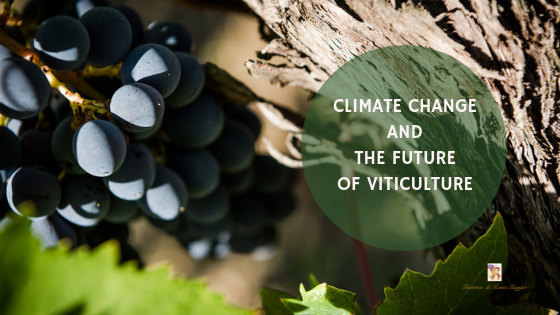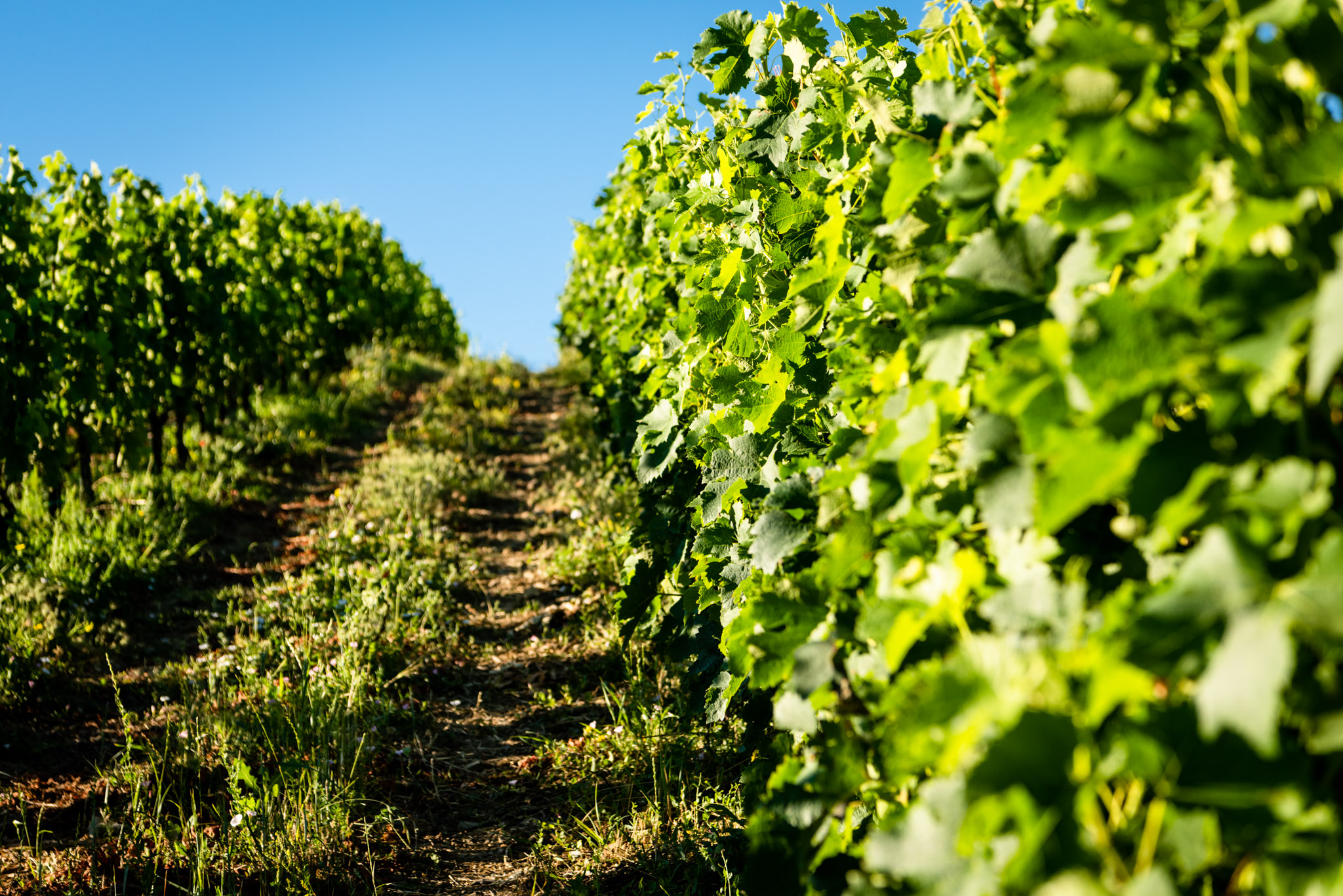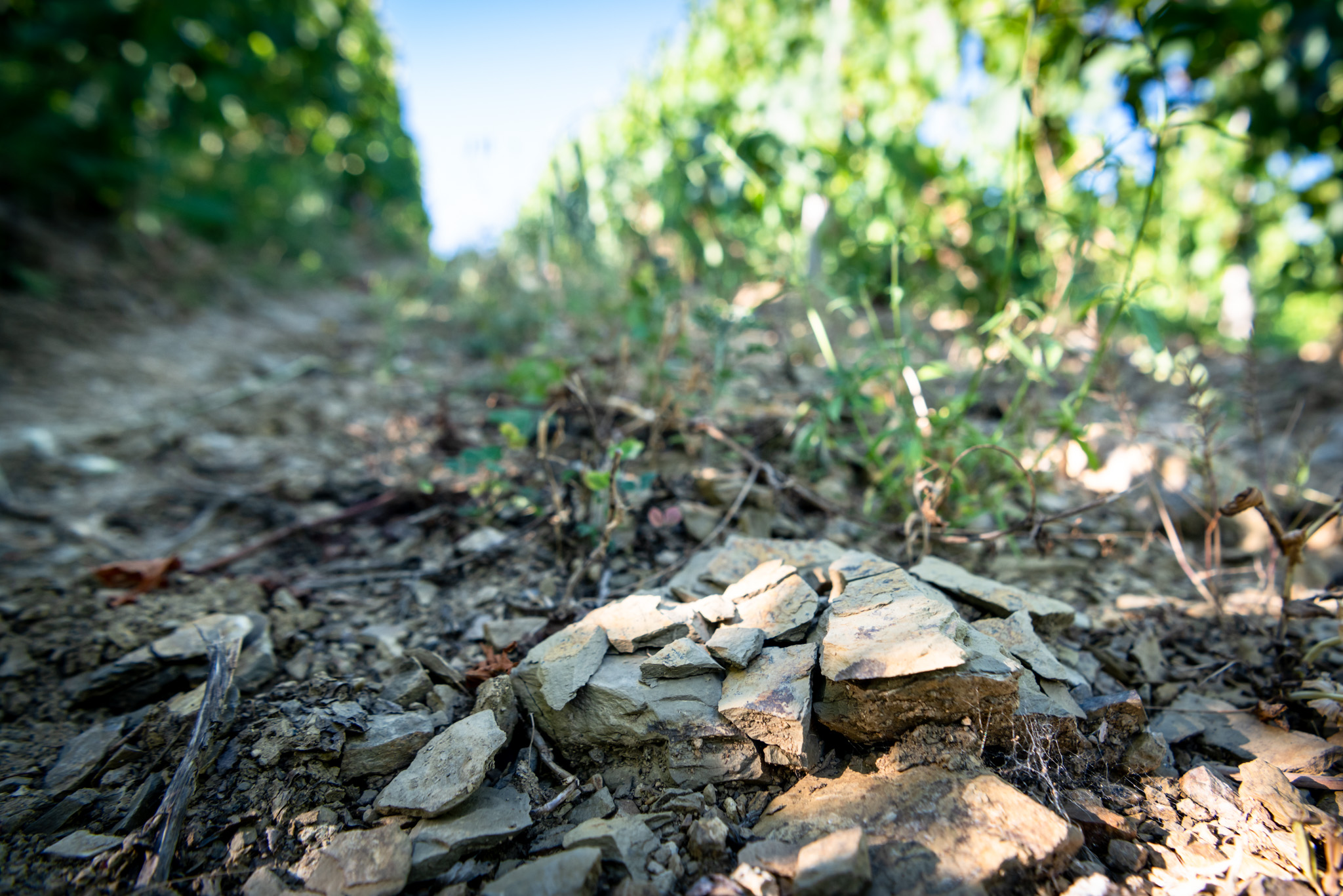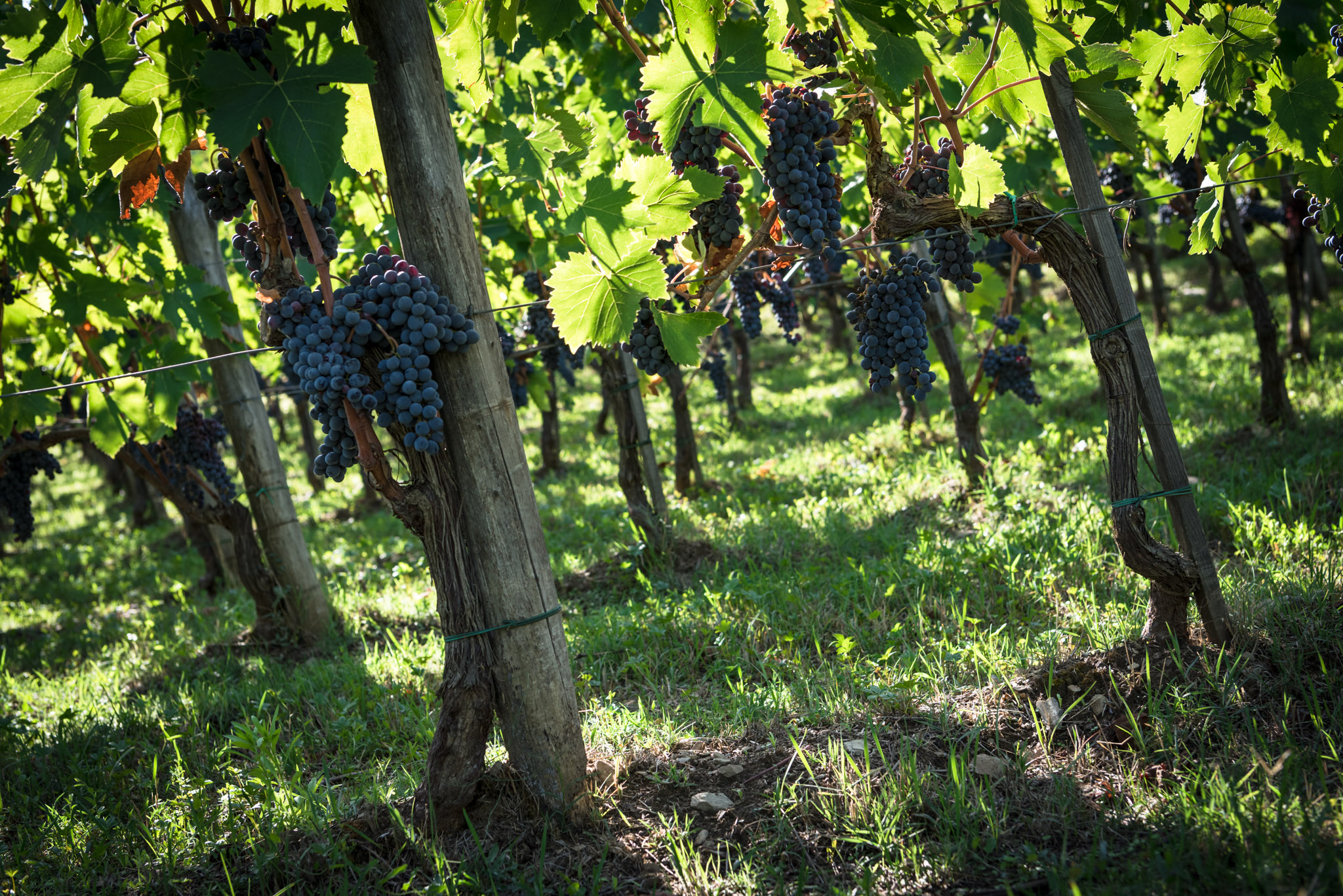
Climate change is on everyone’s lips right now. Every day we can read or hear in the news how the climate conditions globally are changing and degenerating rapidly. All over the world, we need to work together and focus the resources on finding viable solutions. The work of the G20 group will indeed be very important for future measures regarding climate change. All the leading nations need to start doing their part.
In this article, we will first take a step back in history to then continue to look closer at the effects of climate change on viticulture.
A Step Back in History
Climate conditions are indeed important, they can even cause the fall of an empire. In his book The Fate of Rome: Climate, Disease, and the End of an Empire, the American historian Kyle Harper stresses that the fall of the Roman Empire was due to climate conditions and diseases.
In earlier research, it has been said that other factors related to the actions of mankind brought about the fall of the empire, but Harper has tried to clarify false beliefs by his empirical studies. In his book, he shows that the change in climate led to bad harvests and a lack of food, flooding, a glacial era, volcanic eruptions, etc. Furthermore, commercial trade and constant travel exchanges brought new and different kinds of bacteria and viruses to the people. (See Tutta «culpa» del climate change, così è caduto l’Impero Romano in Il Sole 24 Ore)
The Roman Empire was at the top of the world with a good economy but suffered and met its downfall due to a change in the climate.
Does nature have its ways to change historical paths and the choices of mankind? Or is it the other way around that the choices of mankind lead to harsh climate conditions?
Now, this is new historical research and it is not a way to try and warn about a doomsday. Still, climate change is something that is here to stay. We can no longer say that it is a passing phenomenon or something in the minds of the scientists or environmental activists, rather we need to find solutions and ways to deal with it.
Climate Change in Viticulture
In viticulture and in winemaking the effects of climate change are becoming more and more obvious. Some of the key viticultural areas in the world are starting to get too warm while other areas in the northern hemisphere are steadily becoming new unexplored places for wine production.
In England, wine production is booming, and sparkling wines are in a top position of the market even posing a challenge to Champagne at times. In the southern parts of Sweden, viticulture and wine production has taken big leaps forward during the last decade with sparkling wine producers such as Köpingsbergs Vingård and white and red wine producers such as Hällåkra Gård. Some of the commonly planted grapes are, for example, Solaris, Rondo, Pinot Noir, and Pinot Gris. (See Sweden’s Blooming Wine Scene Is Challenged By Regulations More Than Climate in Forbes)
Let us take a closer look at how researchers and the wine business, in general, are trying to get a better understanding of the effects of climate change on viticulture. At the end of the article, we will talk about the climate conditions in Tuscany and at Fattoria di Montemaggio. (To read more about organic farming at Montemaggio, see the article Organic Farming at Montemaggio.)
At the end of the article, we will talk about the climate conditions in Tuscany and at Fattoria di Montemaggio. (To read more about organic farming at Montemaggio, see the article Organic Farming at Montemaggio.)
Where’s the Climate Crisis…?
Many researchers and scientists believe that by 2050 there will be a loss of about 20 – 70%, when most critical, of many wine-producing areas from Australia to South America and southern Europe.
Lee Hannah, a Senior Research Fellow in Climate Change Biology at Conservation International and adjunct professor in the Bren School of Environmental Science and Management at the University of California, Santa Barbara, stresses that wine producers will need to plant new vineyards in areas further north geographically or on higher altitude. This will, in his opinion, alter and put pressure on the ecosystem as well as push out existing plant species and animals in those areas. (See Il futuro del vino nel mondo del cambiamento climatico. A rischio i vigneti italiani. in Green Report)
Lee has led the research of Proceedings of the National Academy of Sciences (PNAS) where they have drawn the conclusions that the National Park of Yellowstone in the US and the flatlands in Russia could be where vineyards will be planted within 10 or 20 years. All due to climate change. (See Climate change, wine, and conservation on PNAS.org)
In this context, Attilio Scienza, Professor in Viticulture at the Department of Agriculture and Environment, University of Milan, argues that the temperatures will increase by 1-1.5 °C, by 3 degrees in the worst-case scenario, during the coming years due to climate change. This will result in serious problems that we will require a set of solutions.
Scienza says that mankind, or rather farmers, have always been challenged by the climate in western civilization, that it is nothing new. Here we can connect to the research of Kyle Harper mentioned earlier, i.e. that a change in climate would have led to the fall of the Roman Empire.
Is there a relation between changes in climate and changes in history and civilization?
Short- and long-term solutions

Returning to Scienza, he says that the coasts of Puglia, Sicily, and Sardegna most likely will resemble desert land by 2050. Therefore, they will no longer be viable as land for viticulture. Just as Lee, Scienza also believes that new vineyards need to be planted on higher altitude in the inland or in the alps. However, Scienza believes that it will be necessary to invest in other more effective short- and long-term solutions for wine producers.
As short-term solutions, he underlines, for example, the need for wider planted and more resistant rootstocks and a focus on canopy management to have foliage that will protect the grape bunches. Amber Parker, a Senior Lecturer at Lincoln University in New Zealand in the field of viticulture, has also done research on canopy treatment. She is focusing on how an altering of the canopy can delay veraison and slow down the ripening process. Late pruning can also be a solution to slow down the vegetal cycle. (See Viticulture Versus Climate Change in Wine-Searcher)
Regarding more long-term measures, Scienza emphasizes the need for collaboration between wine producers, cooperatives, consortiums, the state, universities, etc. to gather funding and resources for research and implementation of new solutions. In his opinion, it is essential to develop new grape varieties by means of genetic modification (cisgenetica) and new types of rootstocks.
The genetic modification is in this case not to be considered as a violation of nature and its course but rather as development in pace with time to resolve a critical climate situation. When it comes to the rootstocks, it will be a way to use existing research to come up with types that can be more resistant in harsher climates. (See Il video di Attilio Scienza. Dilemmi per vignaioli su riscaldamento globale e futuro della viticoltura in Intravino)
More recently in France…
the council of the appellation Bordeaux Superieur AOC approved seven new grape varieties for use in Bordeaux AOC and Bordeaux Supérieur wines as an addition to the classical ones. It was a step due to the climate change to add more heat and disease resistant grapes such as Alvarinho, Marselan, and Touriga Nacional. (See New Grapes Approved for Bordeaux – Wine-Searcher)
Climate Conditions at Fattoria di Montemaggio…
Let us now look closer at the situation in Tuscany and at Fattoria di Montemaggio. Ilaria, Estate Manager at Montemaggio, says that the average temperatures indeed have increased and that the climate conditions are more extreme than they used to be.
The rain that in the past was distributed over the seasons is now more concentrated to a few periods. Often it is a question of torrential rains that can cause much more damage. This spring, for example, May was very cold and with constant precipitations. May also brought about a hailstorm that fortunately did not lead to any substantial damage.
Ilaria stresses that they need to be much more flexible and try to predict the yearly conditions in order to safeguard the vines against any potential damage. Here she takes the canopy management as an important example, saying that they would normally prune the foliage early in the spring but this year due to the heavy precipitations she decided to wait out of fear. Therefore, she says that they would need to develop a sort of preventive strategy for the management of the foliage.

Ilaria’s comments are in line with the conclusions that the research, in general, has drawn and as we have mentioned above in this article. The foliage management will be of the essence as the climate continues to change and the extreme and unexpected conditions will surely continue.
Fattoria di Montemaggio is located in the Radda area that is on high altitude – about 500-600 m.a.s.l. – and is so far less affected by the temperature change when it comes to sugar concentration and the array of aromas and flavors. This is not to say that there are not slight changes noticeable also in these areas. However, as researchers have predicted, it will be the coastal areas and areas on a lower altitude that will be most affected in the coming years.
The prognosis does indeed seem dire at first glance but by working together and making the needed investments to develop new solutions, it will be possible to be better prepared.
Did you like the article? Then do not forget to subscribe to our newsletter!
Read more about the Montemaggio wines here.
Written by Katarina Andersson






Leave a Reply